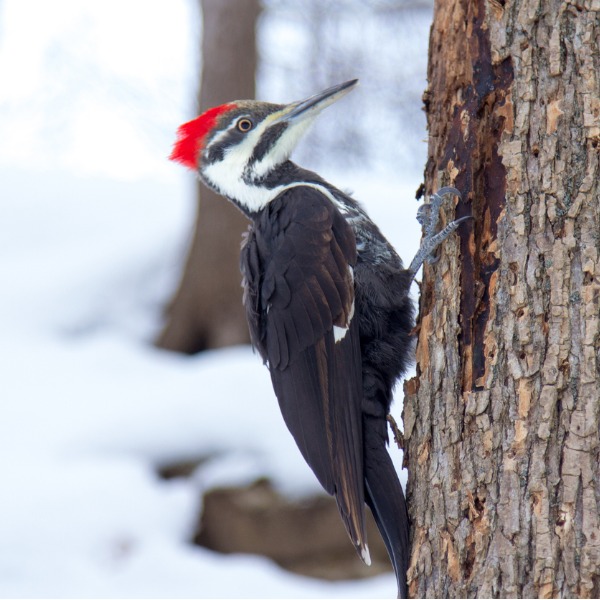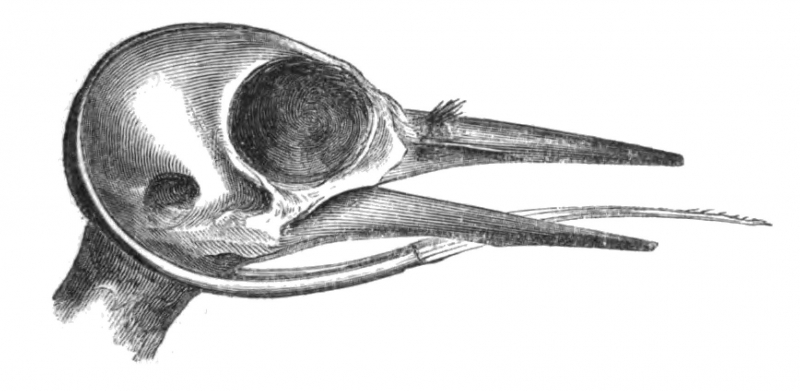Do Woodpeckers Get Concussions?

Woodpecker on a tree in Montreal, Quebec (BalkansCat, iStockPhoto)

Woodpecker on a tree in Montreal, Quebec (BalkansCat, iStockPhoto)
7.20
How does this align with my curriculum?
Curriculum Alignment
AB
11
Knowledge and Employability Science 20-4 (2006)
Unit D: Motion, Change and Transportation Safety
NU
11
Knowledge and Employability Science 20-4 (Alberta, 2006)
Unit D: Motion, Change and Transportation Safety
NT
11
Knowledge and Employability Science 20-4 (Alberta, 2006)
Unit D: Motion, Change and Transportation Safety
NS
7
Science Grade 7 (2020)
Learners will investigate factors that affect species adaptation and evolution
AB
4
Science 4 (2023)
Living Systems: Understandings of the living world, Earth, and space are deepened by investigating natural systems and their interactions.
